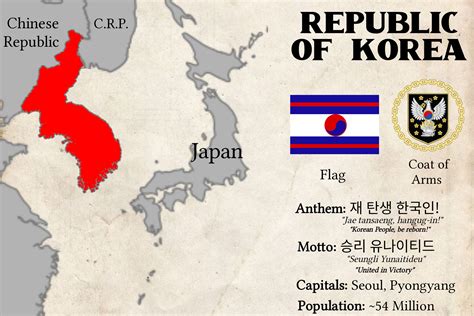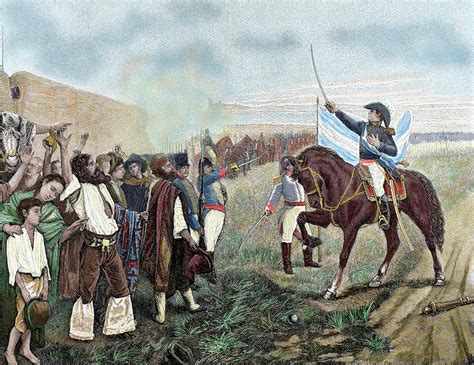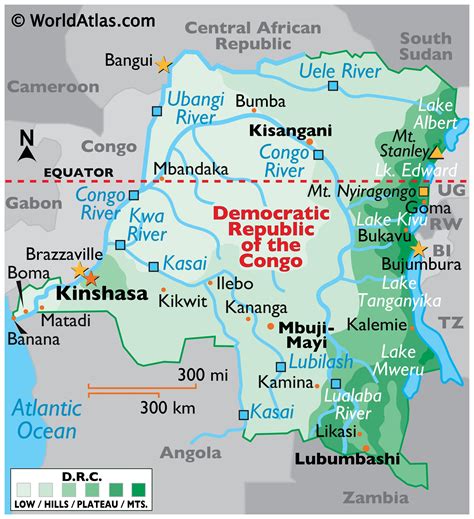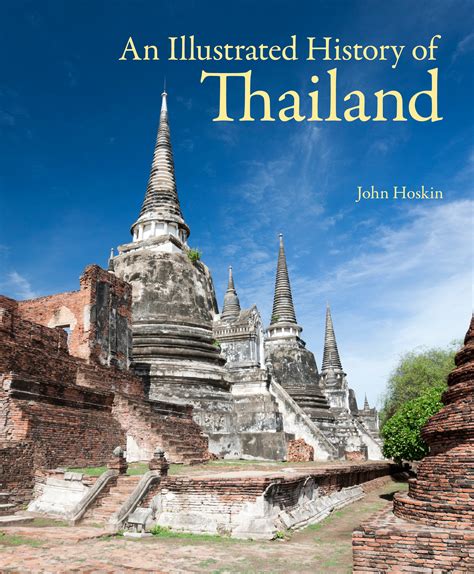Explore the rich history of Malaysia from pre-colonial times to modern Independence. Learn about Indian and Chinese influences, European colonization, and the modern era.
Pre-Colonial Malaysia
Contents
Pre-colonial Malaysia refers to the period in the country’s history before it was colonized by European powers. This era is characterized by the presence of various indigenous kingdoms and sultanates, each with its own unique culture, customs, and traditions. The Malay Peninsula and the islands of Borneo were inhabited by a diverse array of ethnic groups, including the Malays, Orang Asli, and various indigenous communities.
During this time, the region was heavily influenced by the trading activities of neighboring civilizations, particularly the Indian and Chinese civilizations. The Indianization of Southeast Asia, which began around the 1st century CE, introduced elements of Indian culture, religion, and governance to the region. This influence can be seen in the adoption of Hinduism and Buddhism by some indigenous communities, as well as the development of early urban centers and trade networks.
Furthermore, the arrival of Chinese dynasties brought about the spread of Chinese influence in the region, particularly in the fields of trade, commerce, and cultural exchange. This interaction with Chinese civilization contributed to the growth of maritime trade and the development of Malay-Chinese communities along the coasts of the Malay Peninsula and Borneo.
Overall, the pre-colonial period in Malaysia was marked by the coexistence of various indigenous kingdoms and the influence of neighboring civilizations. This era laid the foundation for the rich cultural tapestry and diverse heritage that continues to define Malaysia today.
Influence of Indian Civilization
The influence of Indian civilization on early Malaysian culture and society cannot be overstated. From around the 1st century CE, Indian traders and merchants began to establish connections with the Malay Peninsula, bringing with them not only goods and products, but also ideas, customs, and religious beliefs.
One of the most significant impacts of Indian civilization on Malaysia was the introduction of Hinduism and Buddhism to the region. These religions spread rapidly and became deeply entrenched in Malay society, influencing everything from politics to art and architecture. Temples and shrines dedicated to Hindu gods and Buddhist deities began to dot the landscape, and the local rulers adopted Indian political and social structures.
Along with religion, Indian civilization also introduced the concept of the caste system to Malaysia, leading to the stratification of society and the emergence of distinct social classes. Indian traders also brought with them knowledge of advanced agricultural practices, which helped to improve agricultural productivity and efficiency in the region.
The legacy of Indian civilization in Malaysia is still evident today, with many Malaysians continuing to practice Hinduism and Buddhism, and with Indian cultural influences visible in everything from traditional dance and music to cuisine and clothing.
Arrival of Chinese Dynasties
The arrival of Chinese dynasties in Malaysia played a significant role in shaping the country’s history. With the beginning of Chinese exploration and trade routes, Malaysia became a crucial point for maritime trade. Chinese sailors and merchants started visiting the Malay Peninsula as early as the 4th century. Their interactions with the locals led to the spread of Chinese culture, language, and traditions in the region.
The Chinese also brought with them their advanced technology, particularly in the fields of shipbuilding, navigation, and agriculture. This exchange of knowledge greatly contributed to the development of Malaysian society and economy. Chinese influence can be seen in various aspects of Malaysian culture, such as cuisine, religion, and architecture.
During the Chinese dynasties of Tang, Song, and Ming, there was a significant increase in Chinese migration to Malaysia. Many Chinese settlers established communities in the country, leading to the formation of Chinese-Malaysian communities that still exist today.
One of the most remarkable contributions of the Chinese dynasties to Malaysia was the introduction of Confucianism, Buddhism, and Taoism. These belief systems had a profound impact on the spiritual and philosophical landscape of Malaysia, influencing the local customs and traditions to a great extent.
| Impact of Chinese Dynasties | Description |
|---|---|
| Linguistic Influence | The Chinese language and script became integrated into the Malay language. |
| Trade and Commerce | Chinese trade practices and economic systems influenced the development of Malaysian trade. |
| Religious Influence | Introduction of Confucianism, Buddhism, and Taoism had a lasting impact on Malaysian spirituality. |
The lasting impressions of the Chinese dynasties continue to be felt in Malaysia to this day, showcasing the enduring legacy of their arrival and influence in the country.
European Colonization
The European Colonization of Malaysia began in the 16th century with the arrival of the Portuguese, who established the first European colony in Malacca. This marked the start of a long period of European influence and control over the region. The Portuguese were followed by the Dutch and then the British, who ultimately became the dominant colonial power in Malaysia.
Under British rule, Malaysia saw significant changes in its economy, society, and political structure. The British introduced new cash crops, such as rubber and palm oil, which transformed the agricultural landscape of the country. They also established a modern administrative system and built infrastructure such as roads, railways, and ports, which facilitated the export of natural resources from Malaysia to the rest of the world.
However, European colonization also had negative consequences for Malaysia. The exploitation of natural resources and the introduction of new economic systems led to the displacement of traditional communities and the exploitation of indigenous peoples. The imposition of colonial laws and the suppression of local customs and traditions also had a profound impact on the social and cultural fabric of the country.
The legacy of European colonization is still evident in Malaysia today, with many aspects of the country’s economy, government, and social structure bearing the influence of its colonial past. The period of European colonization also laid the groundwork for the development of the independence movement in Malaysia, which ultimately led to the country gaining independence from British rule in 1957.
Independence and Modern History
After years of colonial rule, Malaysia finally gained its independence on August 31, 1957. The struggle for independence was led by various nationalist leaders, including Tunku Abdul Rahman, who became the first Prime Minister of the newly-independent country.
Following independence, Malaysia went through a period of rapid modernization and economic growth. The government implemented various policies to promote industrialization and attract foreign investment, resulting in the country’s transformation from an agricultural-based economy to one with a strong manufacturing sector.
In 1963, the formation of Malaysia saw the merger of Malaya, Sabah, Sarawak, and Singapore. However, this union was short-lived, as Singapore was expelled from Malaysia in 1965 due to political and social tensions. This event marked a significant chapter in the modern history of Malaysia.
Throughout the latter half of the 20th century, Malaysia faced various challenges, including ethnic tensions, economic disparities, and political instability. However, the country managed to overcome these obstacles and continued to progress, emerging as one of the most developed nations in Southeast Asia.
Today, Malaysia is known for its diverse culture, vibrant economy, and strategic geopolitical position. The country continues to play an active role in regional and global affairs, contributing to economic development, cultural exchange, and peace-building efforts.












